The development of Chinese motifs has a rich history, with each era having its own unique design themes and styles. Throughout history, it has been discovered that from the graphics and symbols that emerged during the primitive era of humanity, to the present day where we classify art into different categories, some commonly used themes such as floral motifs, dragon and phoenix motifs, cloud motifs, and geometric motifs have continued to exist from ancient times to the present day, and have even remained unchanged. What has changed is that the same theme has different characteristics in different eras due to differences in the expression of artificial craftsmanship.
Traditional Chinese Hanfu clothing emphasizes a harmonious blend of temperament and style, and in order to not destroy the overall effect of the clothing while also making its style versatile, changes in the motifs along the lapel edges of the clothing have become an important means of decoration.
From the perspective of artistic expression, motifs can be divided into abstract, figurative, and imagery forms. In the application of clothing edges, motifs are generally divided into geometric, animal, plant, and auspicious character motifs.
Abstract form - geometric pattern
The decorative motifs in the lace are mainly geometric motifs such as wave motifs, triangle motifs, swirling cloud motifs, spiral motifs, vortex motifs, and floral motifs. These motifs are almost all composed of dots and lines, using contrast, reality and other techniques to express rhythm and melody such as black and white, sparse and dense, thick and thin.
Geometric motifs usually appear on fabrics in a symmetrical form, which has a stabilizing and balancing effect. The earliest geometric pattern applied on fabrics was the square spiral pattern in the Shang dynasty's silk fabrics (as shown in the figure below). The rhombus and grid motifs appeared during the Xia and Shang dynasties.
From the perspective of decorative motifs, the selection of motifs during the Shang Dynasty came from observations of nature and recordings of life forms. During the Spring and Autumn Period and the Warring States Period, animal and abstract geometric motifs appeared. The rhombus and grid motifs are more complex, and the geometric motifs on the brocade are rich in shape and color, and mostly appear in symmetrical forms.
During the Sui and Tang dynasties, the geometric motifs were magnificent in color and complex in shape. Their main reason was nothing but the introduction of foreign cultures. Tang geometric motifs were distinctive in their organizational form, with no apparent intersection of geometric lines and planes, but rather directly composed of combinations of unit geometric motifs.
In the Song dynasty, a large number of geometric motifs appeared, with their themes still varied and their style more rigorous, rich, solemn, and dignified, making them a model of Chinese geometric motifs.
Figurative forms - botanical motifs
In the history of decorative arts in China, plant motifs can be roughly divided into two types. In the history of decorative arts in China, plant motifs can be roughly divided into two types. The first type is plant motifs formed and developed by local culture, such as prehistoric plant motifs. The second type is the honeysuckle or entwined flower pattern decoration that appeared under the influence of Near Eastern, Indian, and Arabic cultures.
In the history of Chinese decoration, during the period of god worship in the Shang and Zhou dynasties, most of the utensils were decorated with animal motifs, and plant motifs were rarely seen until the late Spring and Autumn Period. Mr. Ye Liutianzeng once described: "After the Wei, Jin, Southern and Northern Dynasties, plant motifs became very popular decoration, especially the honeysuckle or lotus flower pattern, which can be regarded as one of the most important decorations."
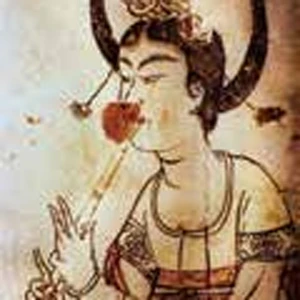
During the Sui and Tang dynasties, the edging decoration on clothing often used round flower, linked bead motifs, and intertwining flower motifs. The edging of women's clothing mostly used elegant and luxurious round flower motifs and small linked bead motifs. Later, with people's love for branched flowers, many freely asymmetric flower shapes appeared in edging decorations.
By the time of the Song Dynasty, the original Baoxiang flower, paired birds, paired beasts and other motifs that were once popular in the Tang Dynasty had retreated to a secondary position. Instead, a large number of flower and bird motifs, such as lifelike and natural branched flowers, intertwining flowers, etc., became the main content of Song Dynasty textiles.
Song Dynasty women's clothing emphasized elegance and advocated simplicity. Influenced by flower and bird paintings, the motifs had a realistic and rigorous style, with a variety of geometric flowers, flower pattern combinations, and animal decorations. The main flowers and birds were camellias, chrysanthemums, plum blossoms, peonies, birds, butterflies, and other flowers and birds.
Imagery form - animal motifs (birds)
The utilization of animal motifs occupied almost half of China's ancient period, from the Shang and Xia dynasties to the Sixteen Kingdoms. The animal motifs were depicted in both realistic and imaginative forms.
A robe made of embroidered soil-yellow silk with the pattern of phoenixes and dragons was unearthed from the Chu tombs in Mawangshan. The outer collar of the robe was decorated with characters, horses, and ferocious animals in pursuit of each other, while the inner collar was embellished with dragon and phoenix motifs.
Mr. Shen Congwen described it as follows: "Using variegated silk threads to create flowers, motifs of different shapes and sizes are woven in a very small area. Even thrilling and tense scenes of characters, horses, and ferocious animals hunting each other can be woven. The organization is rigorous and the weaving is precise, which has never been seen before, as if it was specially made for the edge of the collar."
One of the major features of early motifs is the use of dragons and phoenixes. From the unearthed clothing, it can be seen that dragons and phoenixes were one of the most abundant themes in Chu silk and embroidery at that time. The themes of embroidery motifs were mostly flying phoenixes and coiled dragons, with more phoenixes than dragons.
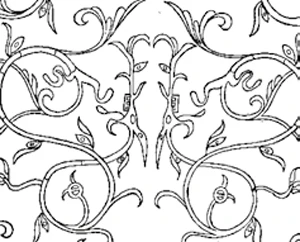
Before the Han Dynasty, animal motifs were mostly traditional Chinese themes (such as phoenixes, sparrows, cranes, mandarin ducks, etc.). After the Wei, Jin, Southern and Northern Dynasties, they transformed into many exotic animals from various regions of Asia, including lions, elephants, cattle, sheep, deer, horses, pigs, and peacocks. This shift in style is closely related to the prevailing fabrics of the Sassanid Empire at that time.
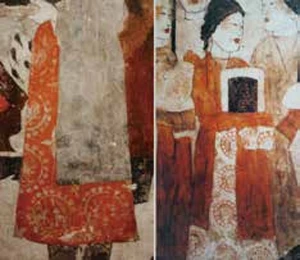
During the Wei, Jin, Southern and Northern Dynasties, round shapes, squares, and symmetrical wavy geometries were used to divide space into geometric skeletons, which were filled with animal, plant, and geometric motifs.
As shown in the above picture, in the mural of Xu Xianxiu's tomb in Wangjiafeng Village, Taiyuan City, Shanxi Province, there is a linked bead pattern on the hem of the skirt worn by the court lady in the front row on the right, which is currently the earliest example of the use of a linked bead pattern that has been found.
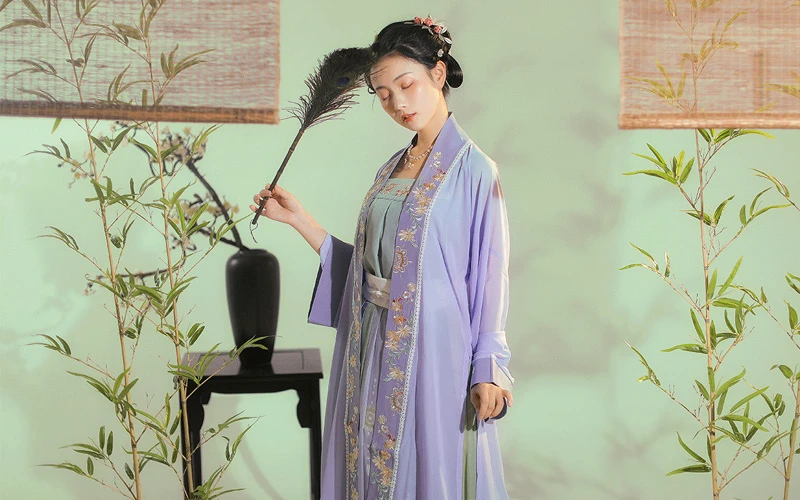
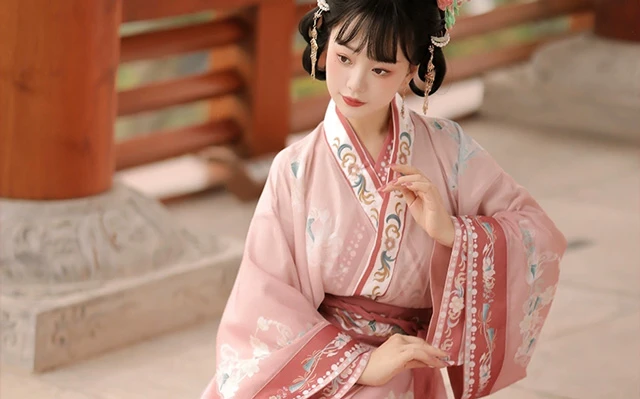
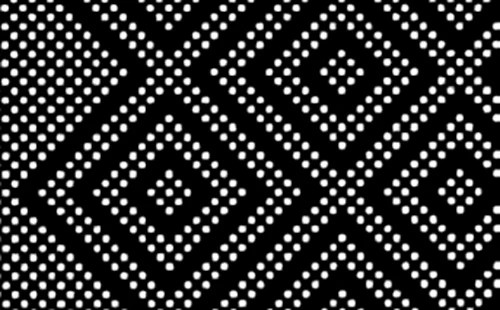
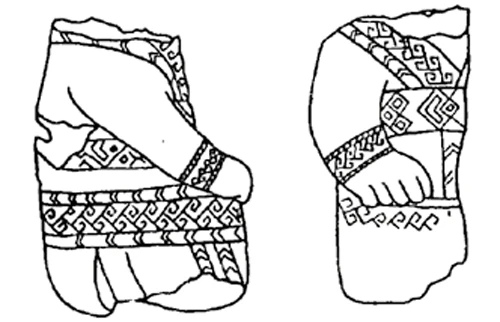
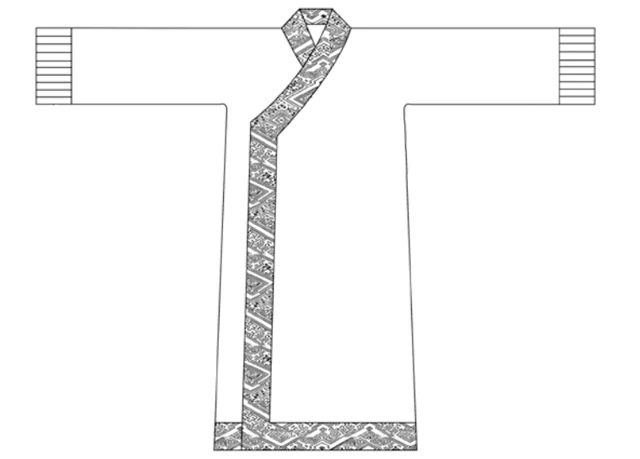
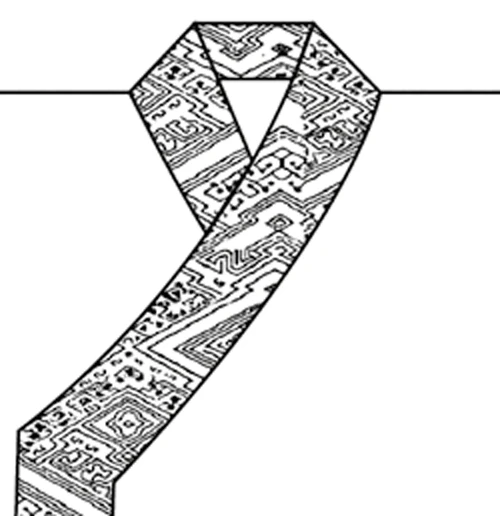
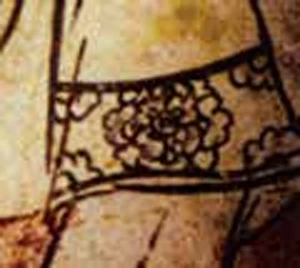
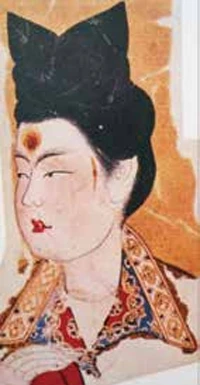
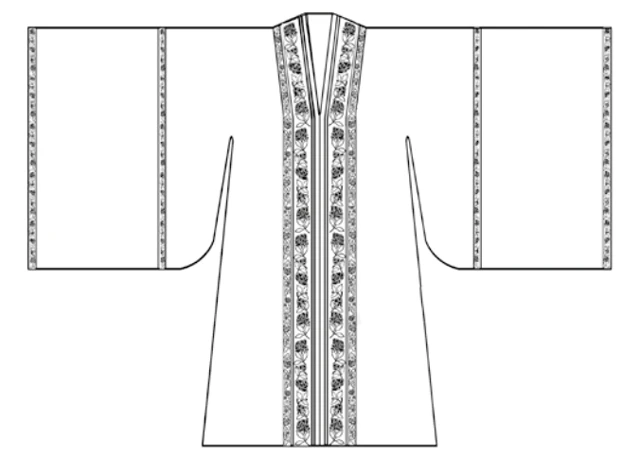
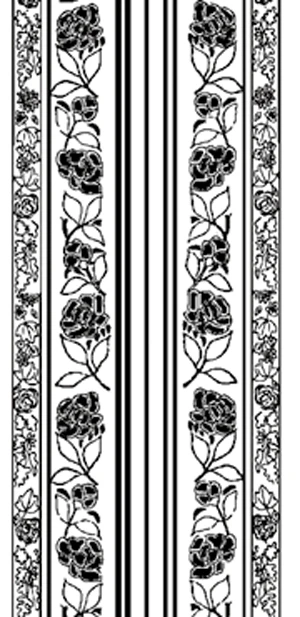
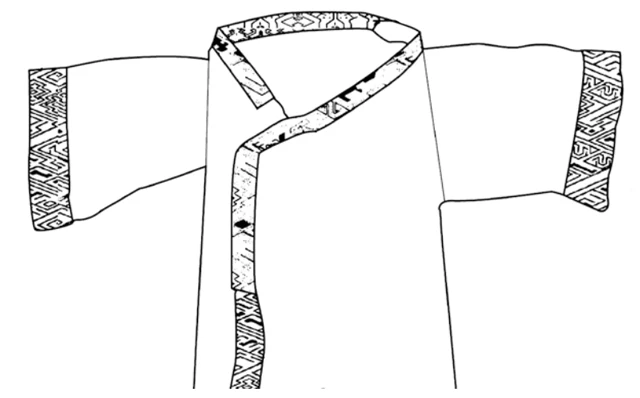
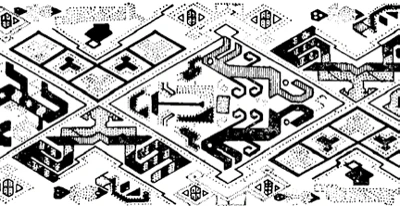
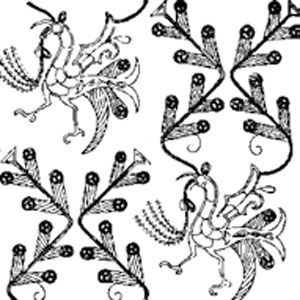
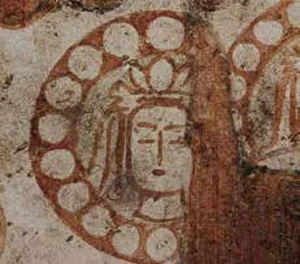

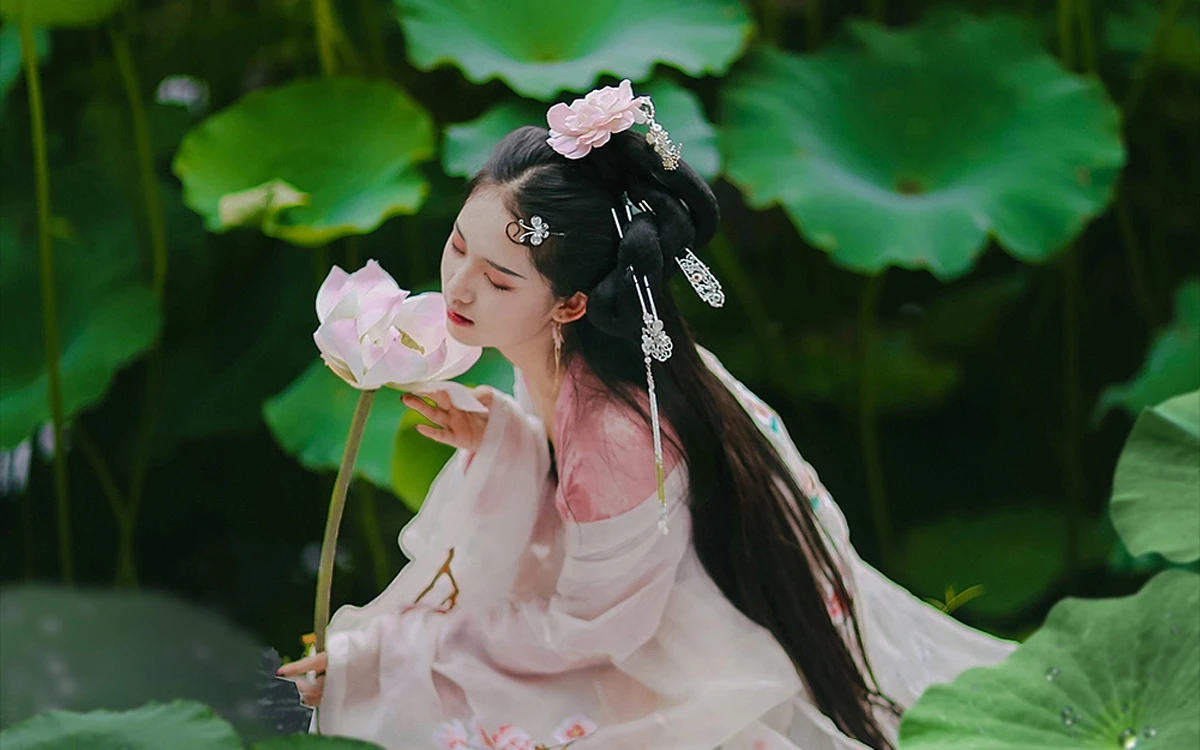
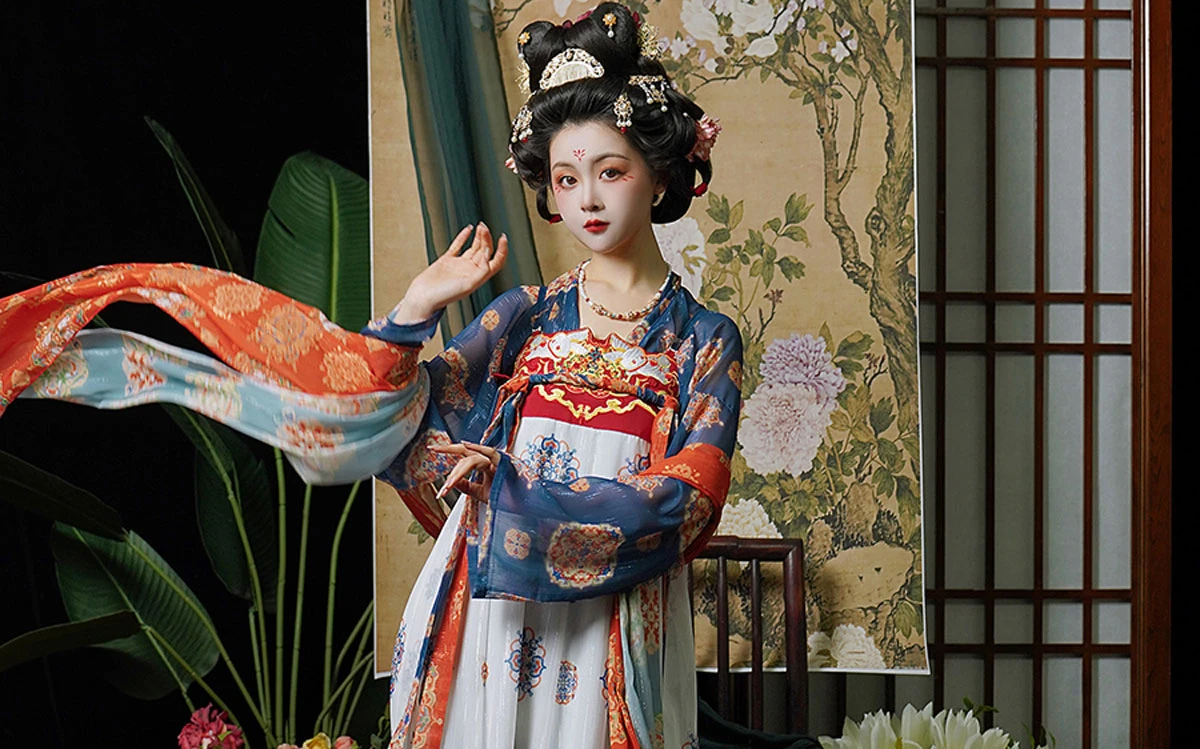

Wow😍😍
this is so cool!